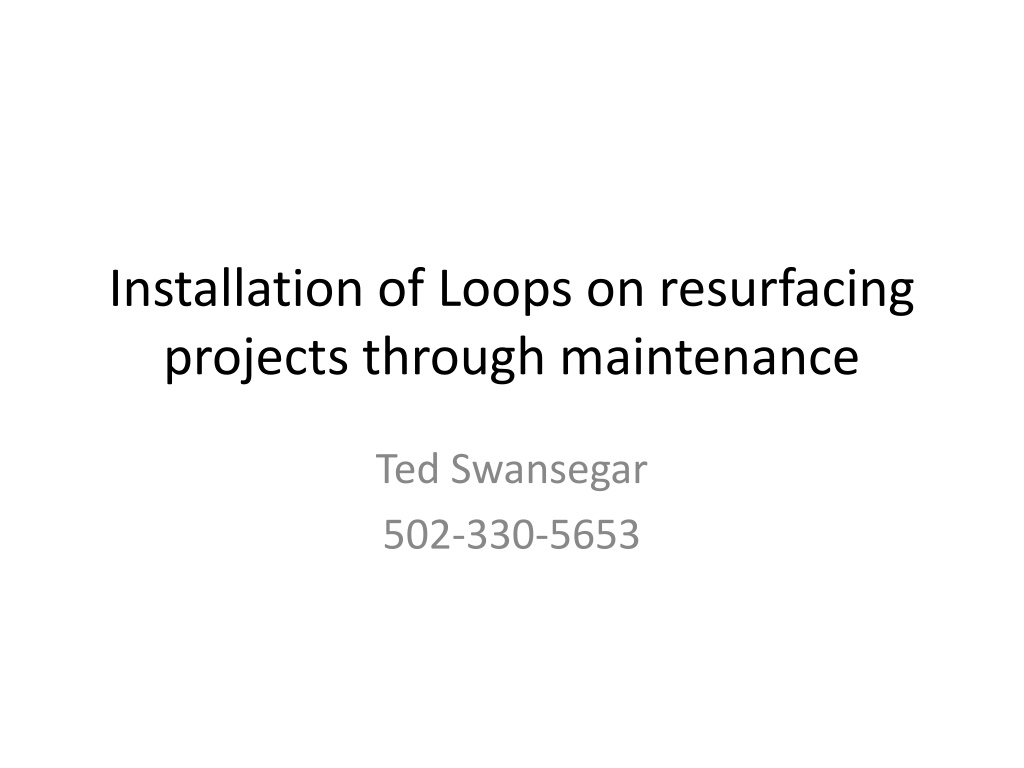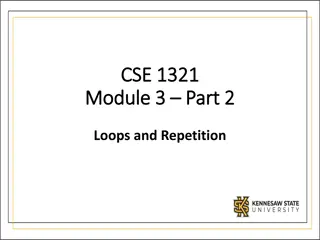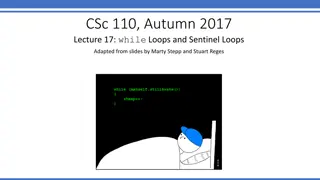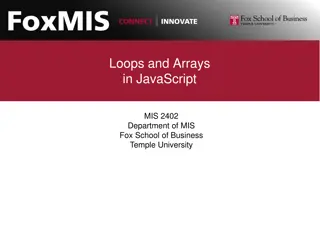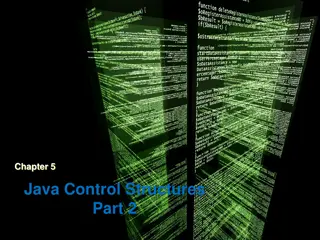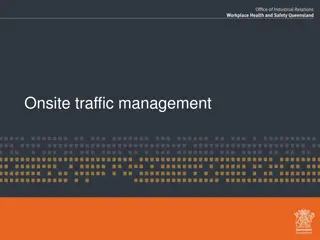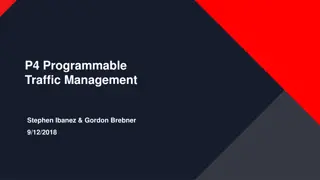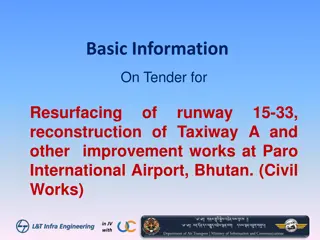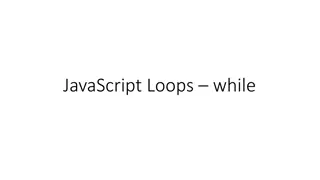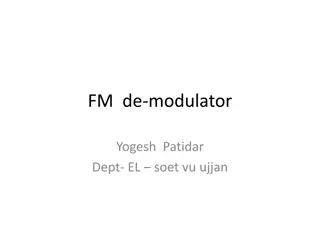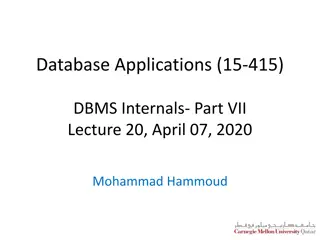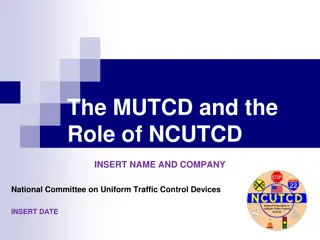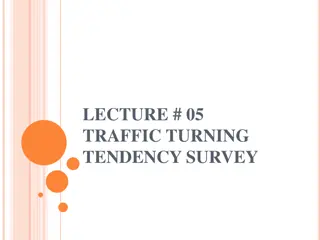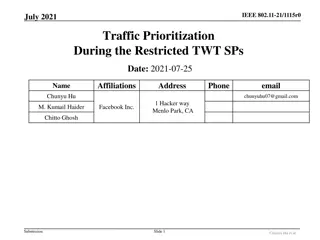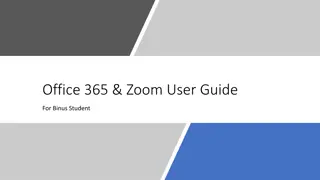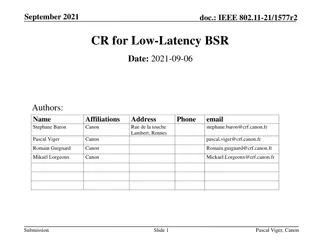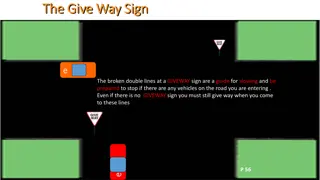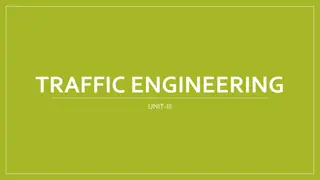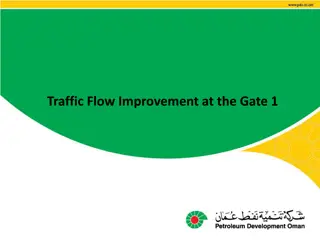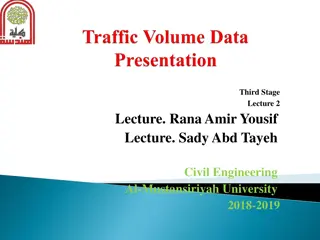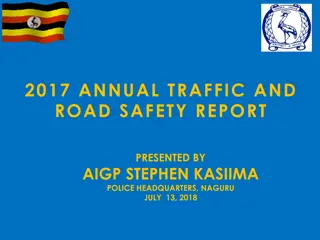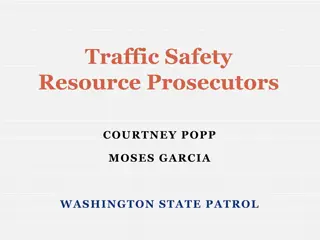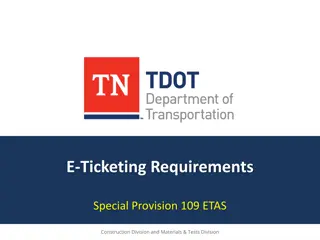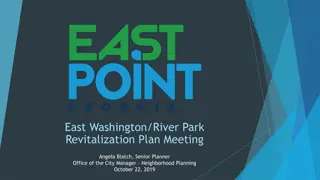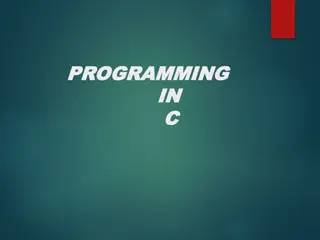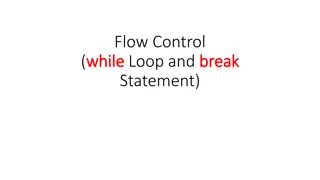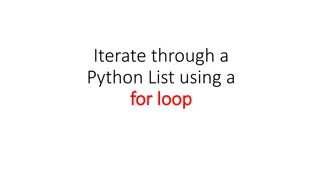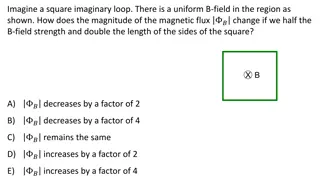Efficient Guidelines for Installing Traffic Loops on Resurfacing Projects
Learn about the comprehensive process for installing traffic loops during resurfacing projects. Collaborate with traffic and maintenance supervisors to accurately tabulate quantities, utilize essential bid items, and calculate pay items for asphalt resurfacing. Ensure efficient installation of conduit, loop wire, and junction boxes for successful project completion.
Download Presentation

Please find below an Image/Link to download the presentation.
The content on the website is provided AS IS for your information and personal use only. It may not be sold, licensed, or shared on other websites without obtaining consent from the author. Download presentation by click this link. If you encounter any issues during the download, it is possible that the publisher has removed the file from their server.
E N D
Presentation Transcript
Installation of Loops on resurfacing projects through maintenance Ted Swansegar 502-330-5653
Draft Letter Written For District Traffic Engineers, District Maintenance Engineers, District Construction Engineers, Central Office Construction. Will be a collaboration between Maintenance and Traffic Operations. Will ensure that traffic loops are replaced on all resurfacing projects that use FD05 funding. Will further explain what bid items to use and how to tabulate the quantities for these bid items.
Who should tabulate quantities? What should be tabulated? This should be a collaboration of the Traffic Supervisor and the Maintenance Supervisor. This collaboration should ensure that the we know how many/types loops will be replaced and to ensure that our quantities are closer to what will be actually installed by Construction. An intersection layout or a chart with the number and types of all loops shall be listed in the proposal. This will provide the necessary information for the contractor to estimate material cost and traffic control.
Which bid items are always used when installing each loop in asphalt resurfacing? Code Pay Item Pay Unit 4792* Conduit 1 Linear Foot 4793 Conduit 1 Linear Foot 4795 Conduit 2 Linear Foot 4811 Electrical Junction Box Type B Each 4820* Trenching and Backfilling Linear Foot 4830* Loop Wire Linear Foot 4850* Cable-No. 14/1 Pair Linear Foot 4895* Loop Saw Slot and Fill Linear Foot * Pay Items that are always used when installing each loop on asphalt resurfacing.
When to apply and how to calculate each pay Item for Asphalt Resurfacing Conduit 1 is used to house the loop wire (max. 6 wires) from the saw slot to the junction box or pole where it is spliced to the lead-in cable (bid item 4850). 1 (typical) is used to house lead-in cable (max. 3 cables) from the junction box to the pole or cabinet. 2 is used to house lead-in cable (max. 8 cables) from the junction box to the pole or cabinet and for all roadway crossings. Electrical Junction Box Type B is used near the shoulder to house the transition from loop wire to lead-in cable. These will only be required if the existing box needs to be replaced or if the original installation did not include one. Trenching and Backfilling is used for installing conduit and should equal the quantity of all conduit quantities combined. If several conduits are placed within the same trench, the quantity should be equal to one times the distance between the junction, pole or cabinet.
When to apply and how to calculate each pay Item for Asphalt Resurfacing (continue) Loop Wire is installed in the saw slot and inside conduit. One 6x6 loop will have a quantity of 72 , and one 6x30 (Quadrapole) will have a quantity of 264 . For each home run (from edge of loop to junction box, pole or cabinet) the distance will need to be multiplied by two in order to calculate the wire correctly. The placement of loops are typically at the stop bar for 6x30 loops and set back from the stop bar for 6x6 loops. Cable-No. 14/1 Pair (Lead-In) is installed from the controller to the junction box/pole where the loop wire ends. Inside the junction box/pole is the only place that the wire/cable is permitted to be spliced. All splicing materials are included in the installation of the wire/cable. Loop Saw Slot and Fill is installed in the surface of the existing road prior to resurfacing or after the milling but before the overlay. One 6x6 saw slot will have a quantity of 24 , and one 6x30 saw slot will have a quantity of 102 . The distance from the loop to within 9 -12 of the curb or shoulder will need to be included. One saw slot can house three individual loop homeruns (2 wires per loop).
Which bid items are always used when installing each loop in concrete resurfacing? Code Pay Item Pay Unit 4792* Conduit 1 Linear Foot 4793 Conduit 1 Linear Foot 4795 Conduit 2 Linear Foot 4811 Electrical Junction Box Type B Each 4820* Trenching and Backfilling Linear Foot 4850* Cable-No. 14/1 Pair Linear Foot 4894* Preformed Loop/Lead-In Linear Foot 20452ES835* Preformed Loops (6X6) Linear Foot 20453ES835* * Pay Items that are always used when installing each loop on concrete resurfacing. Preformed Quadrapole Loops Linear Foot
General- Concrete Usually preformed loops will be installed under the concrete inlay. Preformed loops shall not be installed more than 12 inches below the final pavement. Concrete joints/steel reinforcing shall be installed to avoid the Preformed loop installations.
When to apply and how to calculate each pay Item for Concrete Resurfacing Conduit 1 is used to house the homerun lead-in (bid item 4894, max. of 1) from the saw slot to the junction box/pole where it is spliced to the lead-in cable (bid item 4850). 1 (typical) is used to house lead-in cable (bid item 4850, max. 3 cables) from the junction box to the pole or cabinet. 2 is used to house lead-in cable (bid item 4850, max. 8 cables) from the junction box to the pole or cabinet and for all roadway crossings. Electrical Junction Box Type B is the same as stated above in asphalt resurfacing. Trenching and Backfilling is the same as stated above in asphalt resurfacing.
When to apply and how to calculate each pay Item for Concrete Resurfacing (continue) Preformed loop/Lead-In is installed from the nearest corner of the preformed loop (bid items 20452ES835 or 20453ES835) through the transition point at the shoulder/curb to the junction box/pole/cabinet. The nearest corner is defined as the closest corner to the location that the cable 1 pair (4850) is to be spliced with the preformed loop/lead- in. The quantity shall be measured one times the distance from the nearest corner of the preformed loop to the location that the cable 1 pair (4850) is to be spliced with the preformed loop/lead-in. Preformed Loops are typically 6x6 loops that are installed set back from the stop bars. One 6x6 loop will have a quantity of 24 . Preformed Quadrapole Loops are usually 6x30 loops that are placed right at the stop bars. One 6x30 loop will have a quantity of 102 . Cable-No. 14/1 Pair (Lead-In) is the same as stated above in asphalt resurfacing.
THE KEY TO THIS!!!! Collaboration!!!!!
